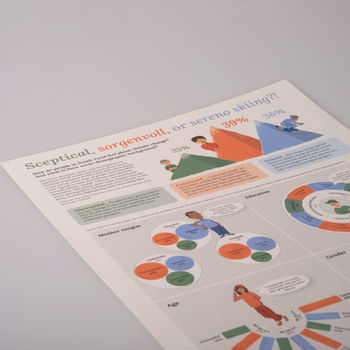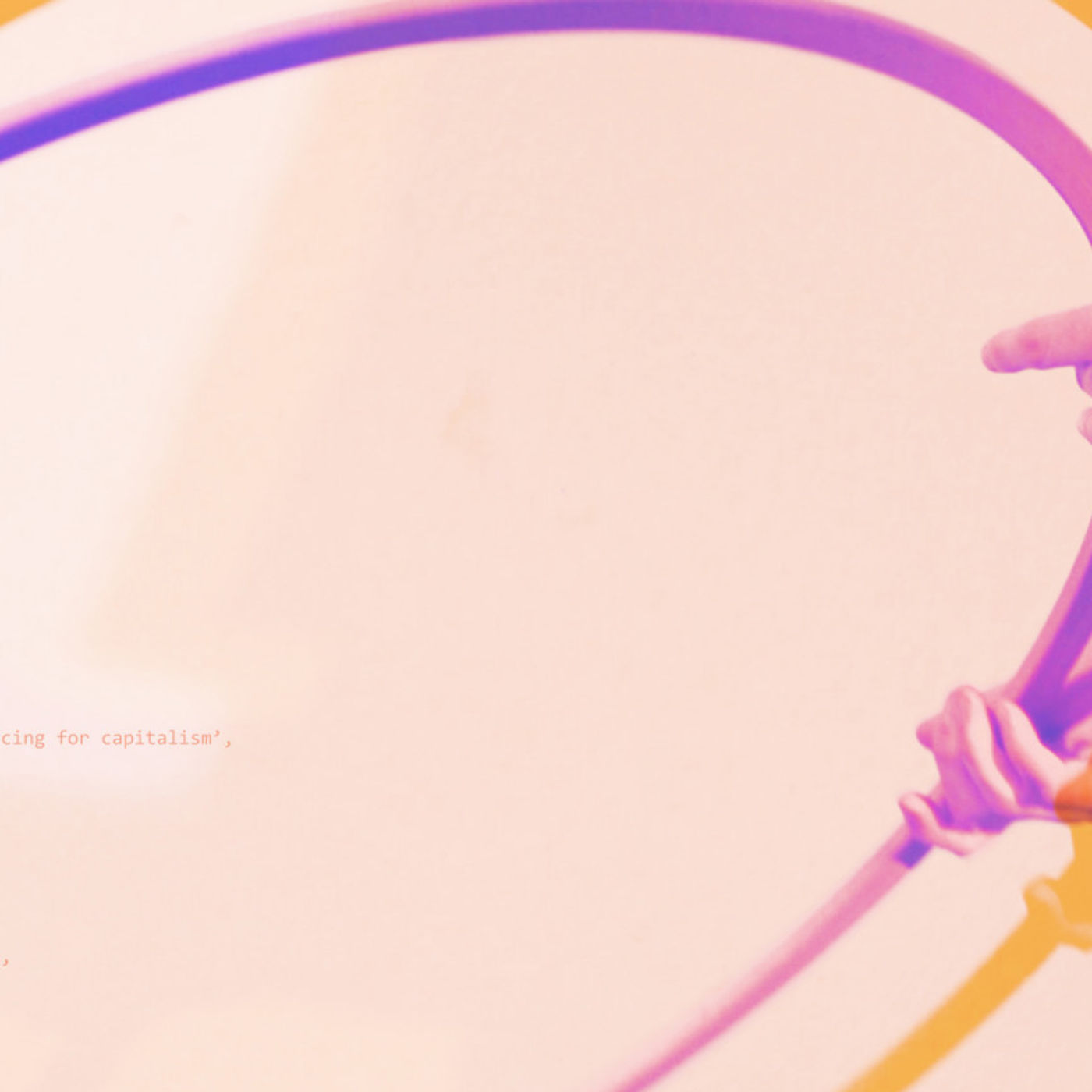A Human Like on Earth — Possessions Part I: Children’s Toys
Luisa Heindl
For some, the term ‚space colonialization’ still seems to be an abstract and distant political concept that demands a lot of money but does not affect us greatly. However, judging by how fast we are destroying our planet right now, this ‘futuristic’ mission of finding resources in outer space moves from the far distance of mental abstraction ever closer into the orbit of necessity. Already the use of the word ‘colonialization’ makes it clear that exploiting a new planet for the human species entails questions of economic dominance and sovereignty, accompanied by the introduction and imposition of concepts such as religion, language, traditions, and certain cultural practices — all values that define us, our identity, and our ‘cultural heritage’.
The process of colonization also poses the question of reproduction and thus I asked myself: what would it mean if a baby was born on Mars? This question then developed into: if we occupy another planet, is there anything that we have to do differently in terms of education/parenting. By looking at children’s toys and by conducting interviews, I tried to understand how our early years (on Earth) shape(d) us and how this is reflected in our possessions, e.g., our toys.
During the process, I wondered: why do we choose to give certain objects to children? Why do children get attached to certain possessions? What kind of interactions are inscribed onto certain objects? How do we appropriate them? What do they tell us about ourselves; who are we — and do we like what we see? The video (meant as an installation — including audiovisual stimuli) is my way of transporting those questions to a broader public, by using the speculative point of view of a creature, that is ‘deciphering’ the information one could possibly ‘read out’ of a used toy. By choosing an imposed future perspective of a creature on Mars, we might get the possibility to look at ourselves today.




Space Is the Place










